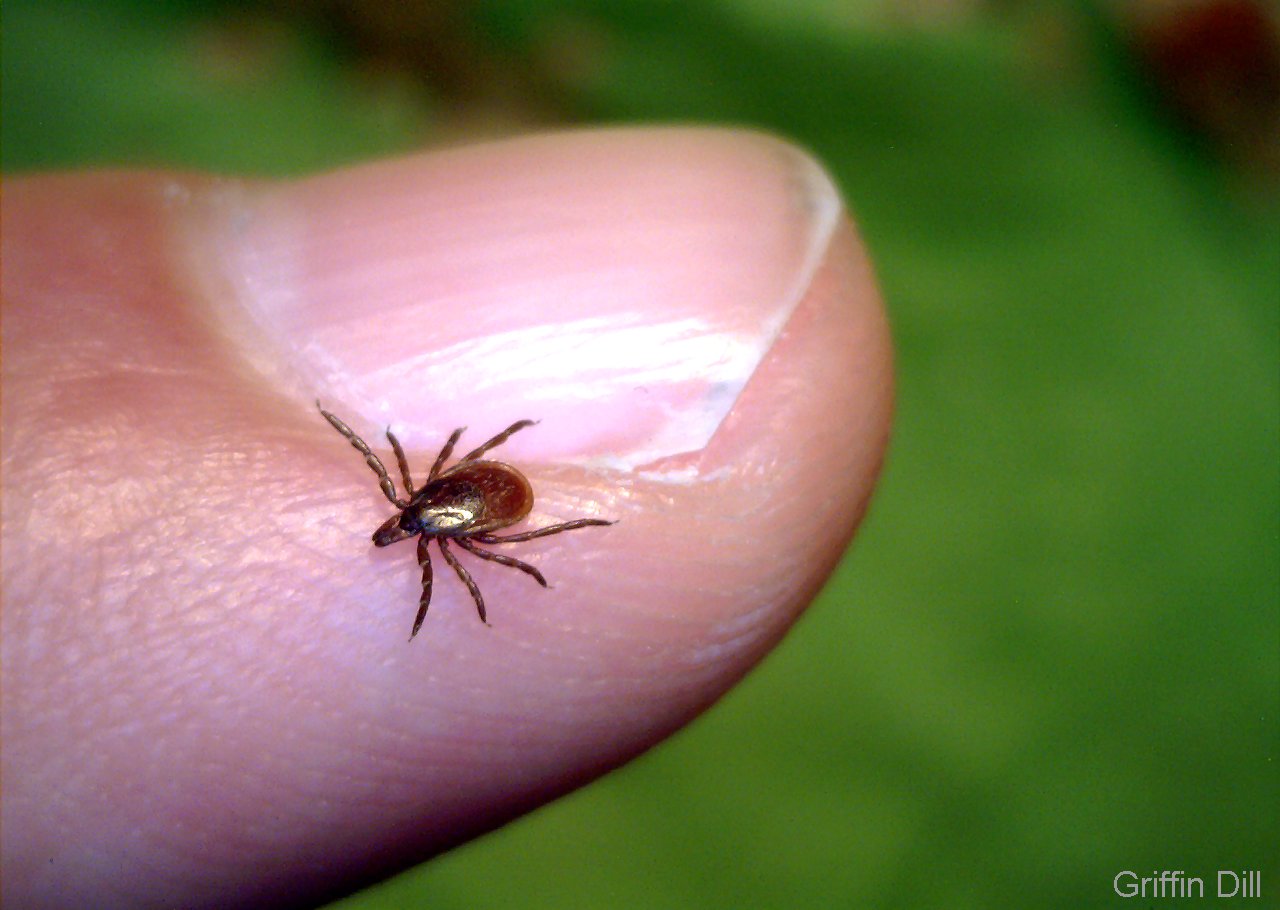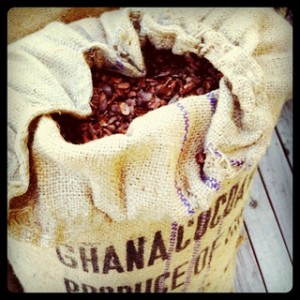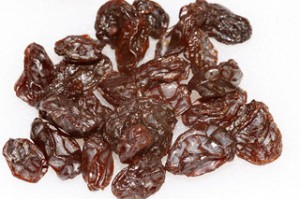 Posted by The San Francisco Dog Walker – Excerpt from Save McLaren Park Newsletter
Posted by The San Francisco Dog Walker – Excerpt from Save McLaren Park Newsletter
Ticks are currently abundant in McLaren Park. Tom Scott of Save McLaren Park said, “In the past two weeks alone I’ve found 3 different ticks on me. I don’t recall finding any ticks in the previous 8 years that I’ve been going to the park. My dog remains tick-free thanks to the medication she uses.”
Suggestions when going to the park: Apply mosquito repellent, especially to your legs and even if you’re wearing pants. Also, it’s a good idea to check yourself after returning from the park. Ticks tend to go for warm moist areas, such as armpits and groins.
Tom explains, “the ticks I found on myself have been identified as Dermacentor variabilis, also known as American Dog Tick and Wood Tick. This species is not known to carry Lyme Disease, but it can carry Rocky Mountain Spotted Fever. It’s unlikely, though, that the ticks in McLaren carry this disease. I don’t think this is an urgent health concern for park users, but something to be aware of.”
 Posted by The San Francisco Dog Walker – Excerpt from Save McLaren Park Newsletter
Posted by The San Francisco Dog Walker – Excerpt from Save McLaren Park Newsletter Cocoa Mulch, which is sold by home Depot and various Garden Supply stores contains a lethal ingredient called ‘Theobromine’, which is lethal to dogs and cats. Cocoa Mulch is a mulch that is used for retaining moisture around plants in the garden and is popular because it smells like chocolate, which is also, really attractive to dogs. They can ingest this stuff and die. Several deaths already occurred in San Francisco.
Cocoa Mulch, which is sold by home Depot and various Garden Supply stores contains a lethal ingredient called ‘Theobromine’, which is lethal to dogs and cats. Cocoa Mulch is a mulch that is used for retaining moisture around plants in the garden and is popular because it smells like chocolate, which is also, really attractive to dogs. They can ingest this stuff and die. Several deaths already occurred in San Francisco. This week I had the first case in history of raisin toxicity ever seen at MedVet. My patient was a 56-pound, 5 yr old male neutered lab mix that ate half a canister of raisins sometime between 7:30 AM and 4:30 PM on Tuesday. He started with vomiting, diarrhea and shaking about 1 AM on Wednesday but the owner didn’t call my emergency service until 7 AM.
This week I had the first case in history of raisin toxicity ever seen at MedVet. My patient was a 56-pound, 5 yr old male neutered lab mix that ate half a canister of raisins sometime between 7:30 AM and 4:30 PM on Tuesday. He started with vomiting, diarrhea and shaking about 1 AM on Wednesday but the owner didn’t call my emergency service until 7 AM.





